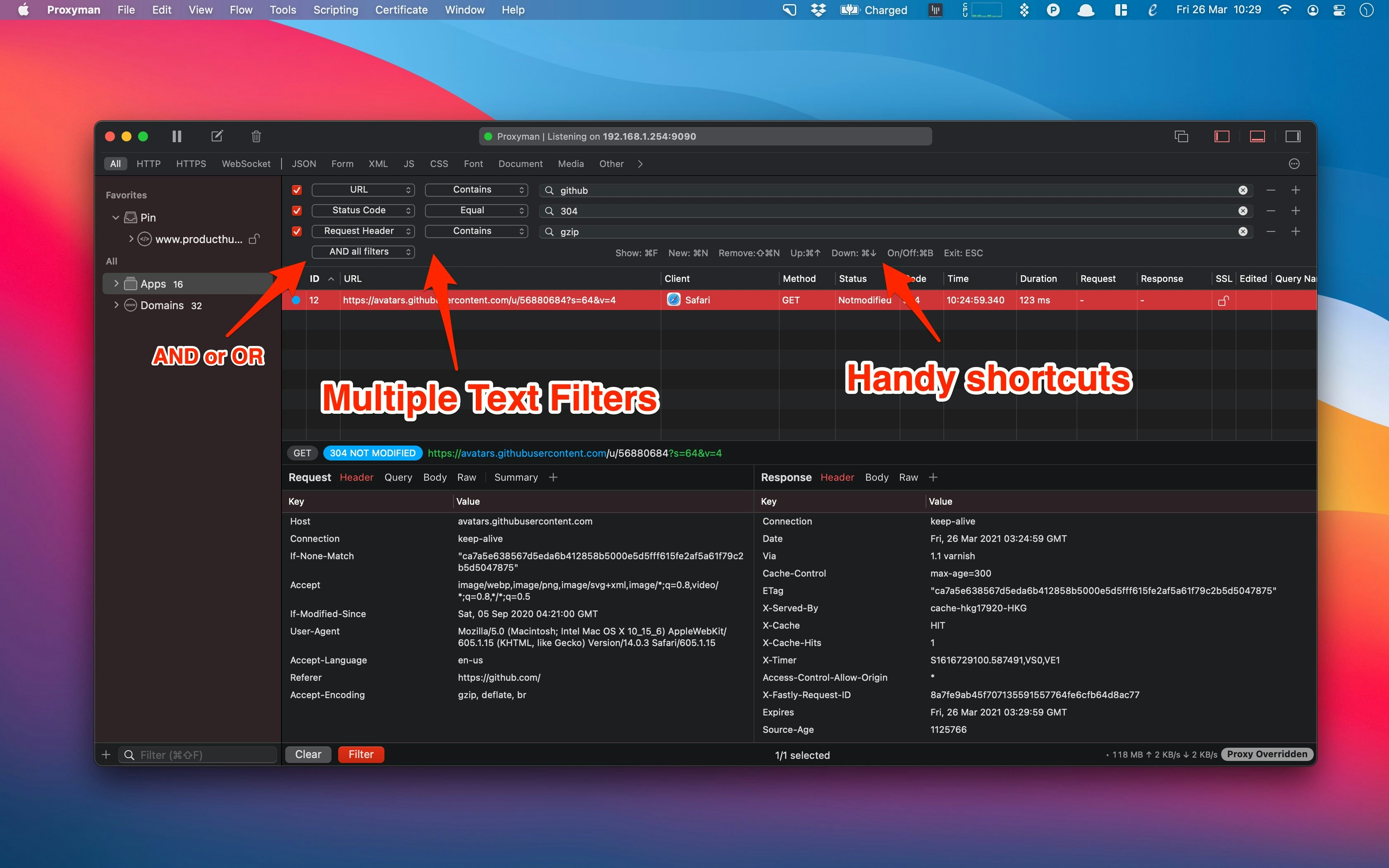
- #Proxyman icons install#
- #Proxyman icons full#
- #Proxyman icons download#
If you find it useful for your daily works, don't hesitate to share it with your team/colleagues ❤️. Proxyman has many hidden features which are waiting for you to discover.
Publish to Gist: A new way to instantly store your Request/Response to Github Gist. HAR file: It's a convenient format that allows other apps to open, such as Charles Proxy, Fiddler, Google Chrome Dev Tools. However, ProxymanLog only is opened by the Proxyman app. We highly recommend using this format since it can persist all Request/Response metadata, includes the Client Icon, Timing, Comment, and Highlight Colors. Proxyman Log (Recommended): It's a build-in log file, which stores all Request/Response data. Proxyman provides multiple ways to quickly share Request/Response log to your colleagues: You can either select a local file by clicking on the Select Local File button. Status Code, Response Headers, and the Response Body. In the Editor, we can define a Response. #Proxyman icons full#
Enter the Mock URL: It should be a full URL that you'd like to mock. It significantly boosts team productivity since we can work around the blocker. By using Proxyman Map Local, we can define a Mock API with a given Response. 
When working as a team, we often wait for the Backend Team to provide the App APIs.
CMD + Up/Down arrow: Move to next/previous filter text field. SHIFT + CMD + N: Remove the current filter. Proxyman also provides many shortcuts that you can interact with the filter without leaving your keyboard. Equal, Not Equal, Contain, Not Contains, Start With, End With, or Regex. All, URL, Header Request, Header Value, Query, Status Code, Body, Request Method, Comment, and Color. 
It enables developers to narrow down the result and be able to find exactly Request/Response with given criteria. It's possible to define multiple criteria when searching your request by using Multiple Filter. We can also add a new custom Column by Clicking on the Add button of the Manager Header Column Window.
These columns will be displayed at the end of the main table view.įrom now, you can reorder the position (By dragging the Column) or resize its width.  Select Content-Type on the Request Panel and E-Tag on the Response Panel. Right Click on the Column Header -> Request Header -> Manager Header Column. To illustrate, let assume that we'd like to inspect the Content-Length of the Request Body and the E-Tag Value from the Response. It allows us to define a Column by a Header Key of the Request or Response. Proxyman facilitates it by introducing the "Custom Header Column". The only solution is that we have to click on the Request and Find it in the Header Tab. In some scenarios, we would like to track down one of the Header Values.
Select Content-Type on the Request Panel and E-Tag on the Response Panel. Right Click on the Column Header -> Request Header -> Manager Header Column. To illustrate, let assume that we'd like to inspect the Content-Length of the Request Body and the E-Tag Value from the Response. It allows us to define a Column by a Header Key of the Request or Response. Proxyman facilitates it by introducing the "Custom Header Column". The only solution is that we have to click on the Request and Find it in the Header Tab. In some scenarios, we would like to track down one of the Header Values. 
Note 2: Since Charles v3.10 single SSL Root Certificates aren't supported anymore.This mini-blog will show you a collection of hidden features that might significantly boost your productivity.
#Proxyman icons install#
Note 1: After install the certificate you will be forced to create a security Pin/Pattern/Password for the device. ) and click on the file in order to install it.
put it on a device (via adb push, email. save the certificate via "Help -> SSL Proxying -> Save Charles Root Certificate.". #Proxyman icons download#
After you have managed your device to communicate via Charles http proxy, you need to download and install certificate from your running instance of Charles, its generated and signed by a Charles Root Certificate.īasically there are two ways possible (I prefer the first one): Download and install directly on deviceĭevice has to be configured to communicate via Charles! Updated reflecting changes since Charles 3.10įor enabling plain text communication on SSL connections Charles act as a Man in the Middle.








 0 kommentar(er)
0 kommentar(er)
